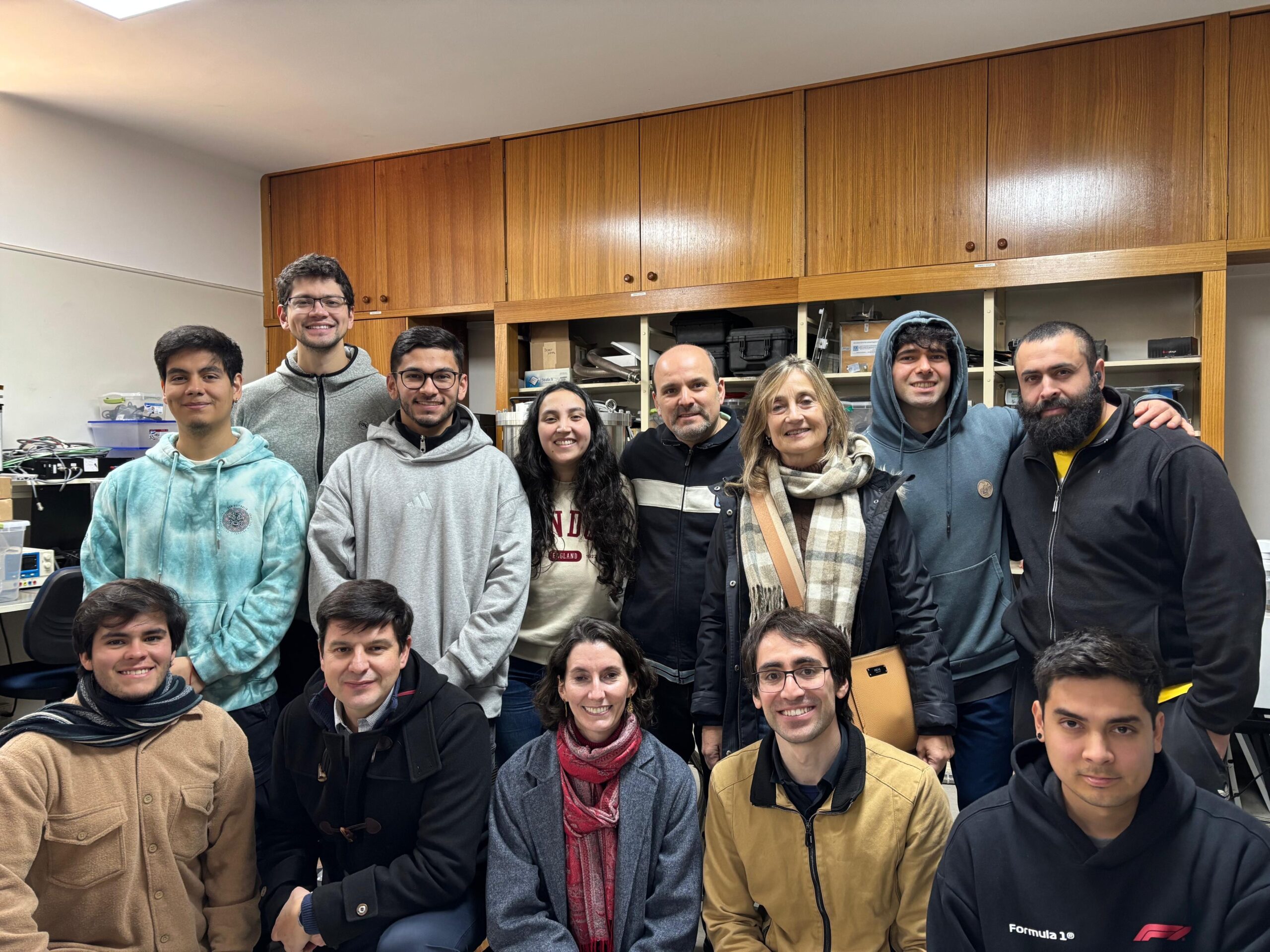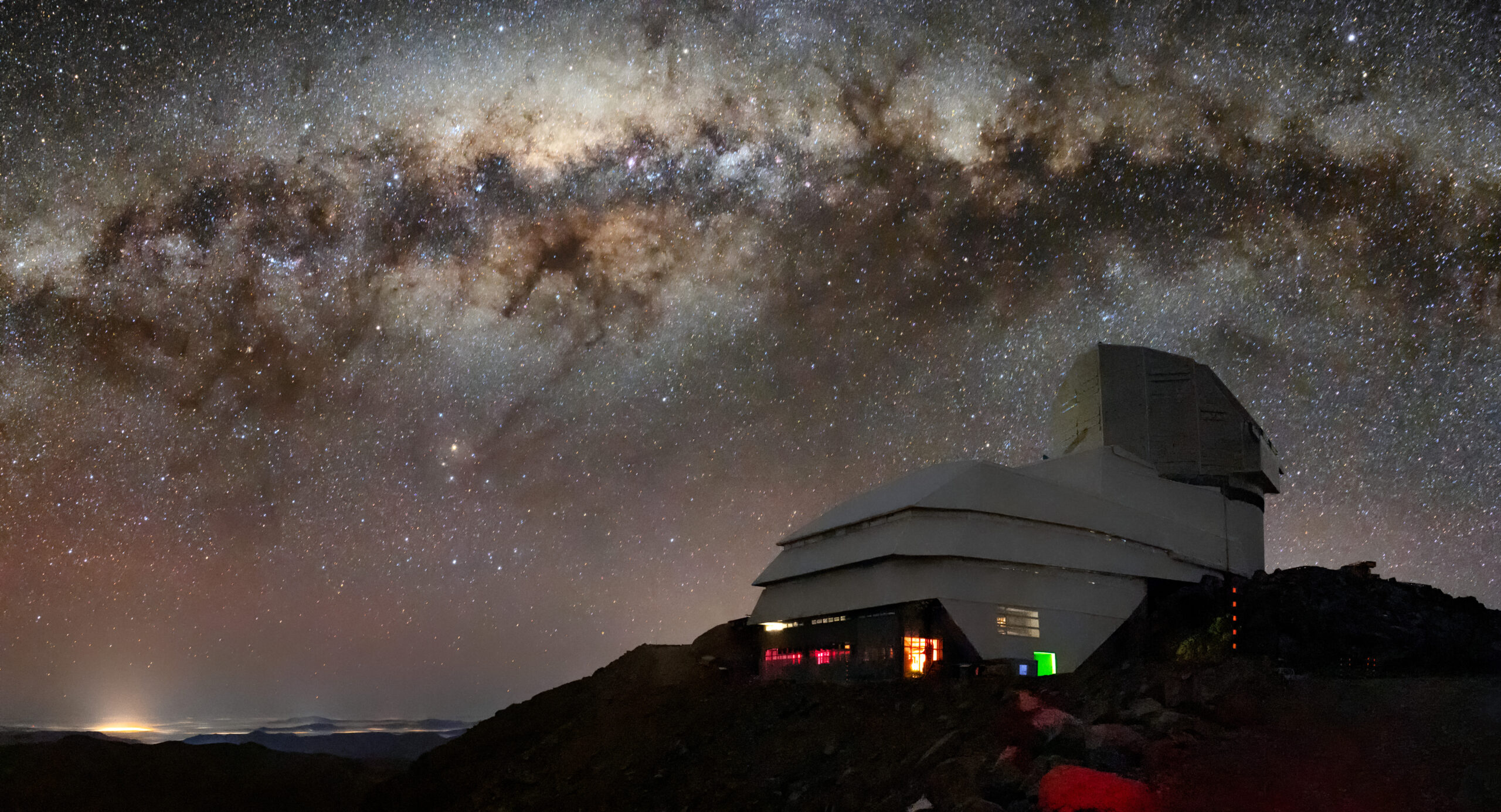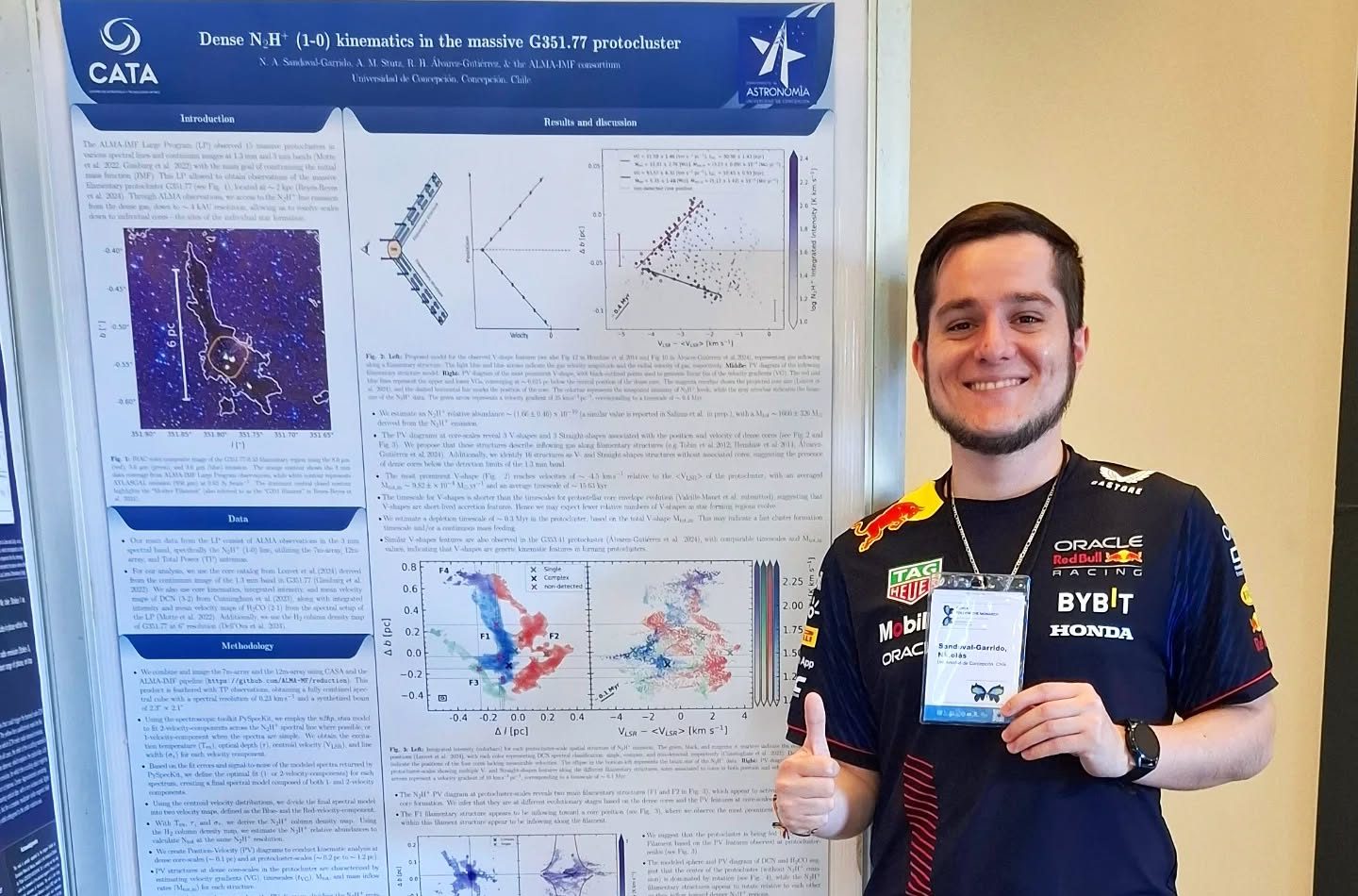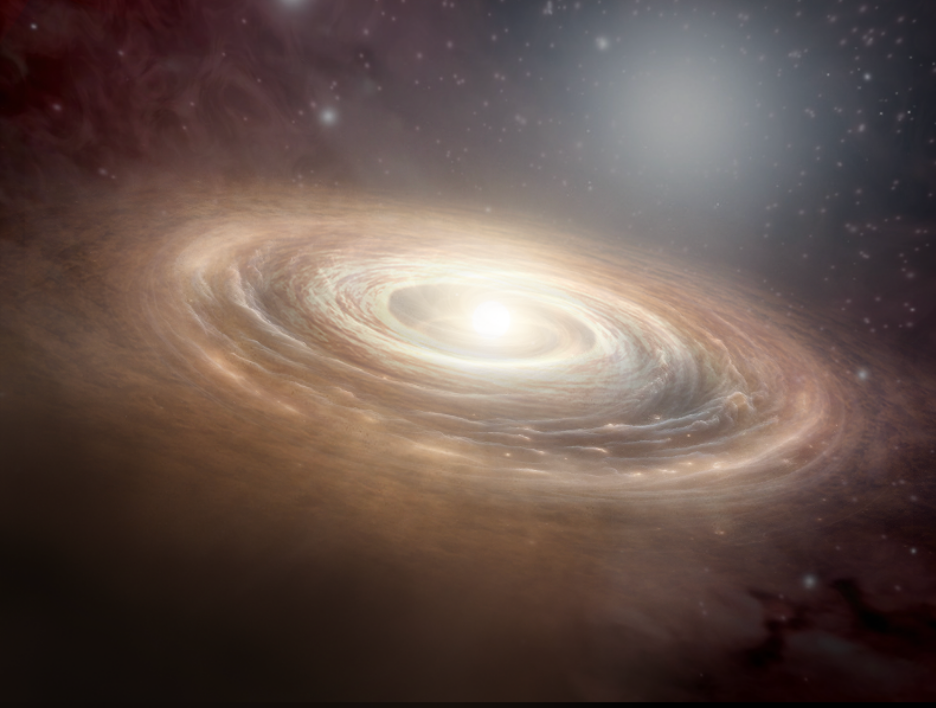
CATA inaugurates the computer with the largest astronomical data processing capacity in Chile
This is Geryon 3, the new computational unit that currently joins Geryon 2, whose enormous data processing capacity positions it as the largest supercomputer in Chile for the national astronomical community.
Composed of 12 nodes, each with 64 cores and 512 Gb of memory, providing a total of 768 cores, the Geryon 3 supercomputer marks a significant milestone in the advancement of computational capacity dedicated to astrophysical research in Chile, expanding its potential for information processing by more than 4 times.
The new equipment was inaugurated on Thursday, March 21, a date that coincides with the commemoration of the tenth anniversary of Astronomy Day in Chile, marking the beginning of a new era in the technology available to the astronomical community. It will be located at the Astrophysics Institute of the Catholic University, which was acquired and will be managed by the Center for Astrophysics and Related Technologies – CATA thanks to funding from the National Agency for Research and Development – ANID, through the Contest for Scientific and Technological Centers of the Department of Development and Innovation Oriented Initiatives.
The equipment required an investment of more than $350 million pesos and concentrates its large capacity in a 36 square meter room with a technical floor, where it is cooled by a refrigeration system specially designed for this purpose.
Its efficiency allows you to process data faster, which facilitates scientific work. The main task will be to perform numerical simulations, analysis of large image databases that require a lot of computational power optimizing project development times.
One of CATA’s main goals is for its researchers to address fundamental problems in astrophysics by making the best use of the extraordinary telescopes located in northern Chile. However, to achieve a better and more complete interpretation of the observations, computational simulations and comparisons are required.
Accordingly, CATA has supported since its inception the availability of supercomputers dedicated to astrophysical calculations for the Chilean astronomical community. “The acquisition of the Geryon 3 supercomputer significantly increases our computational capacity, which will make it possible, on the one hand, to analyze the enormous amount of data that the new megatelescopes will provide us with and, on the other hand, to perform more powerful simulations, achieving a deeper understanding of the physical phenomena that take place in the universe,” said Guido Garay, Director of the Center for Astrophysics and Related Technologies.
For Elise Servajen, General Manager of CATA, the commissioning of the supercomputer “represents a great milestone for our Center, since it goes hand in hand with the development of research and to have leaders in this field, we need access to tools capable of processing large volumes of astronomical data, but also, we open ourselves to research from other scientific disciplines and industry to solve their needs and the challenges that lie ahead,” said the authority.
Beyond astronomy
Along the same lines, the supercomputer will offer its calculation service to different initiatives that require processing huge volumes of data in areas such as mining, renewable energies, biogenetics, forestry engineering, becoming an “active collaborator with state-of-the-art technology to develop projects that are linked to process improvement, decision making and beneficial actions for society, thus solving problems of national interest, and why not, also international to address these doubts and solve them in the shortest possible time”, said Patricia Tissera, Principal Researcher at CATA and associate professor at the Institute of Astrophysics of the University of Cantabria.
The implementation of this computational tool not only represents a boost in the technology infrastructure available to the country’s astronomical community, but also marks the strategic importance of having state-of-the-art resources in a field where the amount and complexity of data grows exponentially over time.
Today Chile stands out as the epicenter of world astronomy, and the acquisition and commissioning of the Geryon 3 supercomputer will allow maintaining research excellence in an increasingly demanding environment, facilitating the efficient processing of large volumes of astronomical data, opening new opportunities for exploration and discovery not only at the frontier of astronomical knowledge, but also in the development of highly complex projects. “We know that Chile hosts the most advanced observatories in the world and this is undoubtedly very important. Thanks to the Fondap and Basal centers, today we can broaden our horizon and develop new lines of research such as instrumentation or simulations, the latter very necessary to interpret galaxy observations,” said Felipe Barrientos, Director of the UC Astrophysics Institute and Principal Investigator CATA.
Geryon 3 technical characteristics
– 12 compute nodes, Intel Xeon 6448 H processors, 512 GB DDR5 RAM.
– 1 management node (frontend)
– 100 Gbps IB Switch
– Storage 48 bahías x 16 TB
– Total memory 6 TB
– Total cores 768
Recent news
-
 Publicado el: 30/06/2025CATA Director strengthens ties in her second institutional tour
Publicado el: 30/06/2025CATA Director strengthens ties in her second institutional tour -
 Publicado el: 26/06/2025Vera C. Rubin: the telescope that watches the sky and anticipates the future of astronomy
Publicado el: 26/06/2025Vera C. Rubin: the telescope that watches the sky and anticipates the future of astronomy -
 Publicado el: 25/06/2025Study by young Chilean astronomer reveals new key parameter for understanding star formation
Publicado el: 25/06/2025Study by young Chilean astronomer reveals new key parameter for understanding star formation -
 Publicado el: 19/06/2025Rubin: The Universe’s First “Movie” That Will Transform Astronomy
Publicado el: 19/06/2025Rubin: The Universe’s First “Movie” That Will Transform Astronomy -
 Publicado el: 17/06/2025CATA Principal Investigator participates in international study revealing how planetary birth disks evolve
Publicado el: 17/06/2025CATA Principal Investigator participates in international study revealing how planetary birth disks evolve
Categories list
- Acknowledgments 17
- Astrobiology 5
- AstroCluster 1
- Black holes 13
- Corporativo 49
- Cosmology 4
- Descubrimientos 19
- Disclosure 45
- Exoplanets 13
- Extension 4
- Galaxies 17
- Galaxies formation 2
- Inter y Transdisciplina 2
- Local Universe 13
- Publications 5
- Sin categorizar 31
- Solar System 11
- Stellar formation 6
- Technology 9
- Technology Transfer 12


